The Beginning of Opera as a Major Art Form
When we call up of opera, art is non the first thing that comes to mind. Opera simply means "work" and information technology can sometimes seem over-the-top and old-fashioned to our modern tastes. All the same, when we consider that opera has been continuously performed since the 1600s, we take to stop and ask, what makes opera so successful? What is it virtually opera that yet moves audiences and performers, even today?
Overture – Brusque History of Opera
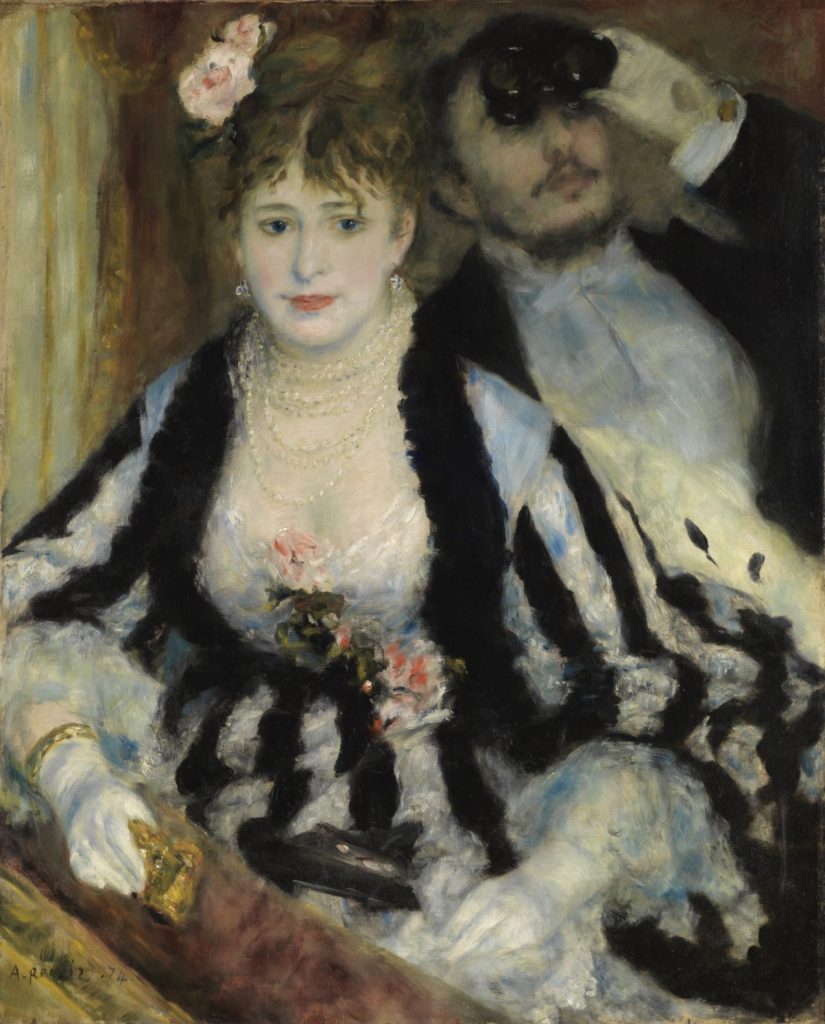
Yous are dressed in your finest, sitting in your theater seat and the phase lights come up on. The conductor steps onto his platform to an ovation, raises the baton. The globe stops breathing for a brief moment earlier music fills the whole room. It'due south the beginning of an adventure!
In his course, How to Listen to and Empathize Great Opera, Professor Robert Greenberg defines opera equally:
"(…) a drama which combines soliloquy, dialogue, scenery and action and continuous or about continuous music—the whole always greater than the parts."
Robert Greenberg, in: How To Listen and Understand Great Opera.
The earliest antecedent of opera is the Greek tragedy. Co-ordinate to Aristotle, the purpose of tragedy is to bring about catharsis in the spectators. This means that the action should movement the audition to pity and fear, to purge them of these emotions. They could then leave the theater uplifted, with an increased understanding of humanity and their identify in the world.
During the Middle Ages, the majority of musical output was dedicated to religious worship. Then the Renaissance brought with it an interest in the Greek past. Composers wished to motility their audiences as Greek drama had done, so they created new theories of music that led to the evolution of opera.
Act 1 – Opera During Bizarre and Enlightenment
Scene I – Recitative
The pall opens to the get-go operatic masterpiece, originally performed in 1607. Information technology was composed past Claudio Monteverdi and chosen Orfeo. It is advisable that Orpheus is the protagonist of the showtime peachy opera, since he was the greatest musician of all and represented the power of music.
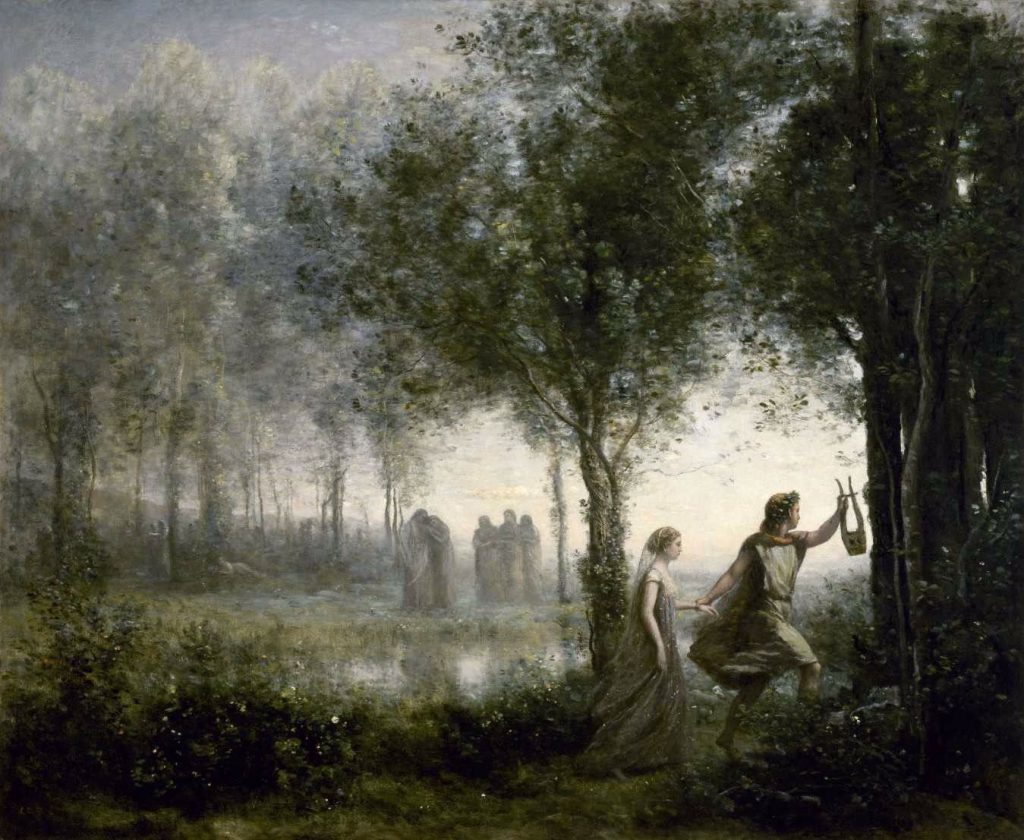
In Orfeo, Monteverdi successfully combines many different elements: instrumental music, vocal, spoken dialogue, dancing, drama, phase scenery, and machinery. All are directed to motility the audience, at-home their hearts, and inspire their minds, as his graphic symbol Ritornello announces at the beginning of the action. Nevertheless, his great contribution was the recitative. Recitative is a mode of sung recitation, more like speech than a song, that the composer used to move the activeness along. Recitative was a vehicle for furthering the opera'southward plot and did not accept a self-reflective element.
Scene Ii – Aria
The side by side large development in the history of opera came some hundred years later on with the aria. An aria is a musical number where all action stops and a graphic symbol reveals his thoughts and feelings to the audience, with a vocal. Where the recitative was mostly descriptive, the aria brought the audition i step closer by revealing the character's emotions.
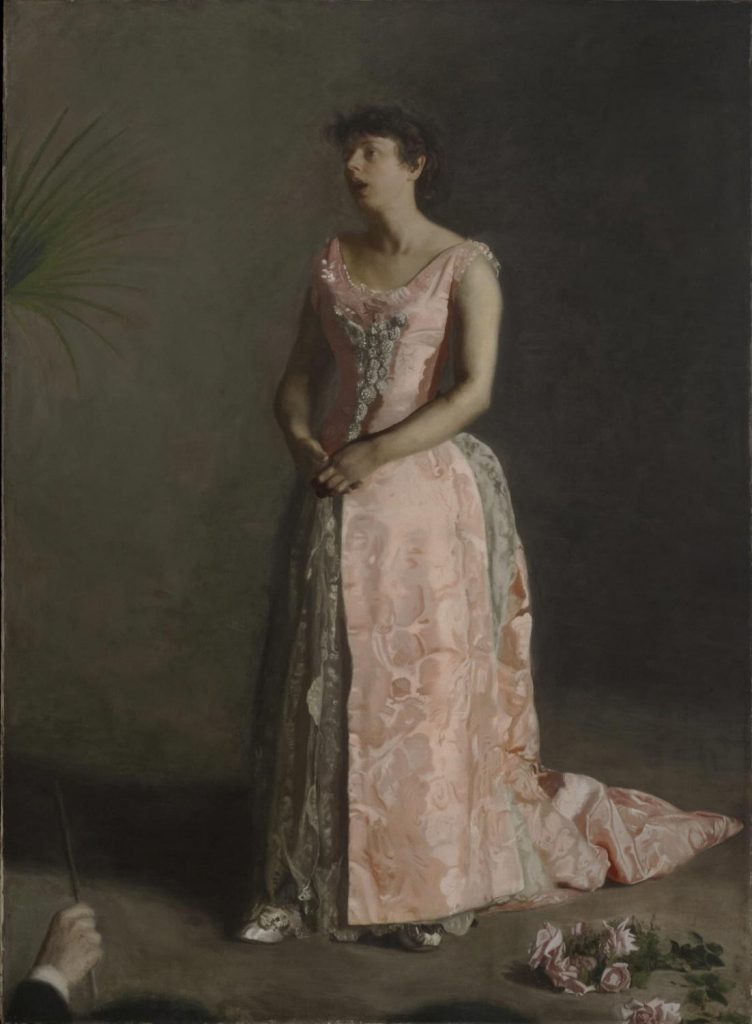
Opera became incredibly pop during the Baroque era. Composers and librettists worked to encounter the demand, but such speedy work did not always produce loftier quality results. This may explain why there are non many Baroque operas currently being performed. Some reformers attempted to return opera to its classical roots, prompting the development of two important operatic styles: the Italian Opera Seria and Opera Buffa.
Scene Iii – Opera Seria & Opera Buffa
Opera seria was inspired past mythological characters and ancient history. In this category we observe works such every bit Mozart's Idomeneo, King of Crete, or Handel'south Rinaldi.
Opera buffa was a comic opera that had its roots in popular entertainment. The Enlightenment had brought with information technology a desire for equality for all classes. Philosophers saw opera buffa as an ideal medium, through its accessible melodies and everyday dramatic situations. A expert example of an opera buffa is Mozart's The Marriage of Fígaro.
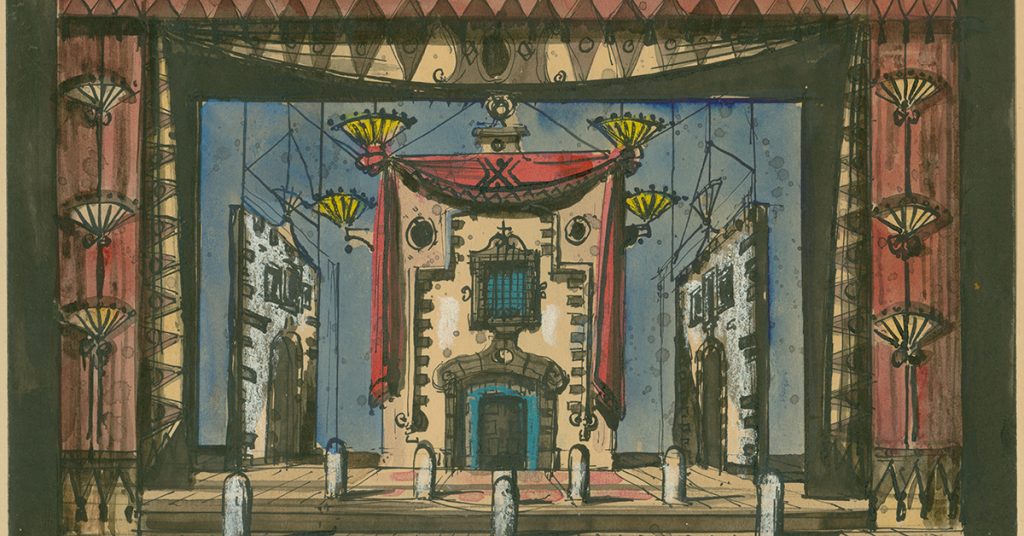
During the 19th century, opera buffa developed into the bel canto mode. In bel canto, the characters are rather 1-dimensional, simply they sing popular, tricky, melodious music, that is highly-seasoned even today. One example of bel canto opera is Rossini'southward The Barber of Seville—another famous opera about the fabled character of Fígaro!
Human action two – 19th Century Bloom of Opera
Scene I – Opera Goes International to Go National
The action continues headlong to its pinnacle. The 19th century was marked by deep nationalism across Europe, which manifested itself in all forms of fine art. Many composers began experimenting with different styles and local flavors, though all the same heavily influenced by Italian opera.
Opera began to be written in other languages, though it was difficult to achieve the aforementioned furnishings or rely in the same strategies that made Italian music so unique. Hither is where things began to modify, equally composers sought to adapt opera to the characteristics of their own language and culture. In Paris, for instance, composers celebrated magnificence, heroic situations, and high drama. French opera developed styles like opéra comique and lyric opera. Bizet's Carmen is an case still in the repertoire today.
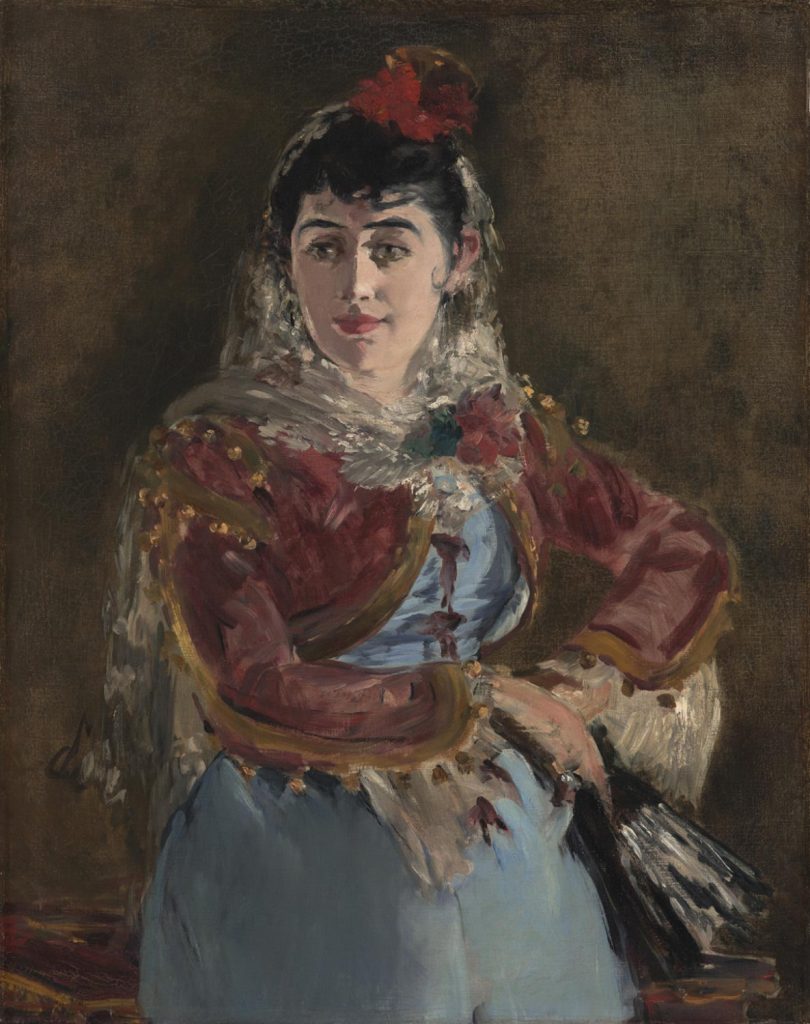
Scene II – Singspiel Similar Musical
In Germany, the Singspiel, part opera-role theater, laid the foundation for a truly German art class. The singspiel was similar to the American musical, or the French opéra comique. Its origins within German tradition ensured that singspiels were gratis from the conventions of Italian opera, so the folk themes, verbal puns, and popular tunes, deeply resonated with audiences. The most famous singspiel is Mozart's The Magic Flute, still performed today.
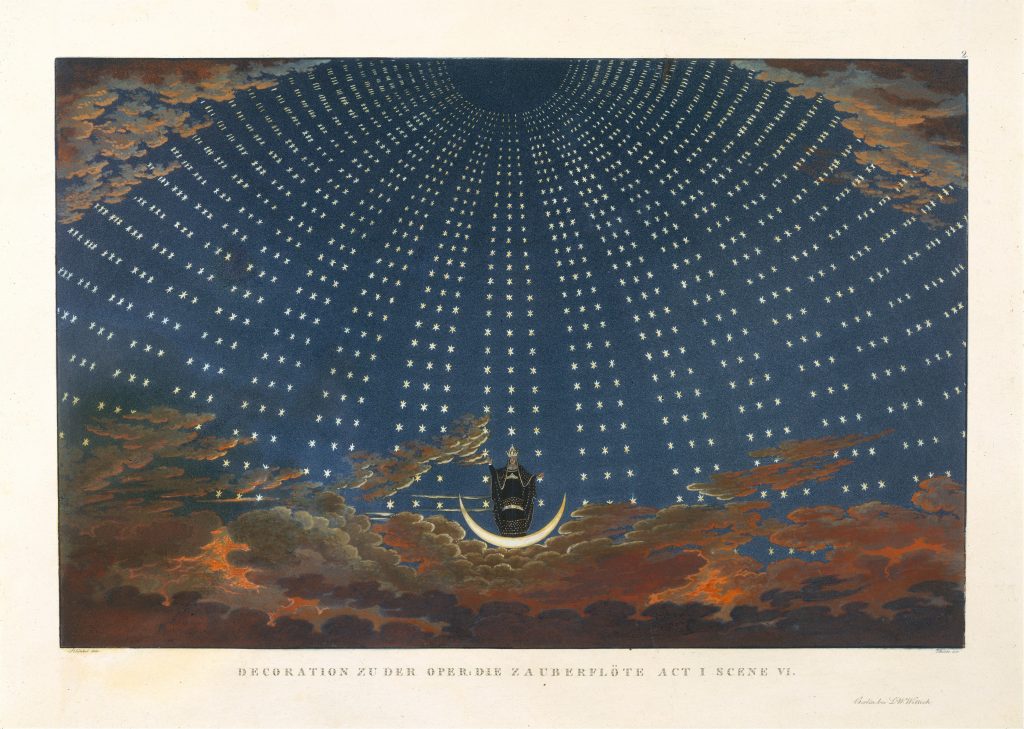
Carl Maria von Weber's opera, Der Freischütz, became the offset German language operatic masterpiece, and the inspiration for the work of Richard Wagner. Wagner was, and still is, a very controversial figure, but he took opera in an entirely new management. While in exile considering of his political activities, he began to formulate musical theories that became the basis for his later work.
Wagner felt that opera had fallen far from its classical origins into very night depths. He viewed himself every bit the creative person of the futurity and, his virtually important mission, to restore opera to its classical origins. To do this, Wagner turned to Greek theater, assertive it a superior form for several reasons: information technology encompassed a combination of all the other arts; it was inspired by myth, with its power to enlighten human nature; information technology had religious significance; and the entire community took part, either as performers, organizers, or spectators.
With this ideal in mind, Wagner began to call his own compositions music dramas, as opposed to opera with all its negative connotations. Instead, he advocated for what he called Gesamtkunstwerk—the all-inclusive art form.
Scene Iii – Gesamtkunstwerk & Leitmotif
Gesamtkunstwerk is a work of art produced past a synthesis of various art forms. The term comes from the combination of 3 High german words: gesamt—whole, kunst—fine art, werk—work. Wagner was trying to unite resources from poetry, literature, instrumental music, acting, costumes, scenery, vocal music, into the presentation of myth. He chose myth considering information technology comes nearest to reaching the human being unconscious and gets closest to the core of the human experience. The resulting work would exist transformative, elevating the audience and producing in them an emotion alike to religious fervor.
Wagner was deeply influenced by philosopher Arthur Schopenhauer's book, The Earth every bit Volition and Representation. In this book, Schopenhauer wrote that only instrumental music was capable of expressing the deepest, nigh primal man thoughts and emotions. This thought inspired Wagner to create the concept of leitmotif, which was one of his greatest innovations. If y'all have always heard the soundtrack of Star Wars, or The Lord of The Rings, and accept come up across Leia's Theme, or Concerning Hobbits, you have heard a leitmotif.
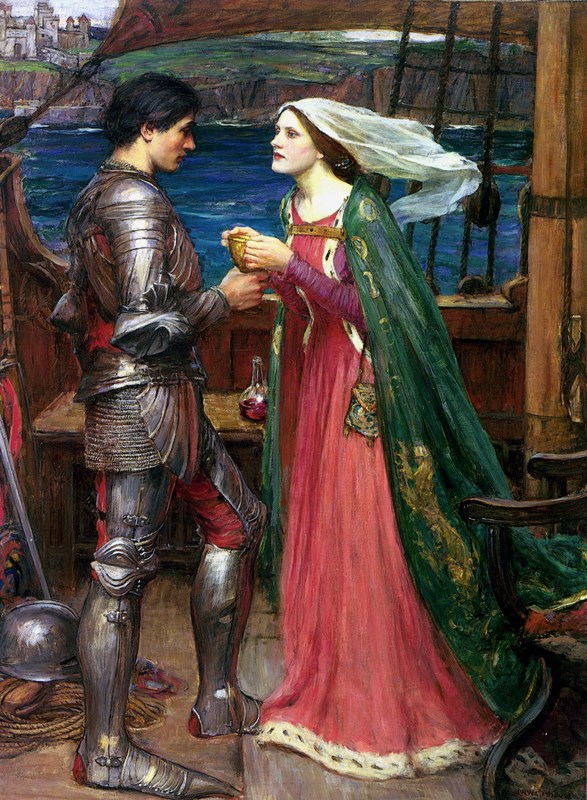
A leitmotif is a theme associated with a item person, situation, or idea. Wagner used these to illustrate those unspoken thoughts and longings that humans have. While the actors onstage would be singing about one thing, the orchestra could be playing a completely opposite leitmotif that would permit the audition know to pay attention.
Wagner'due south piece of work was securely influential to the music that came after. Many composers either drew inspiration from it, or reacted against it. His vision of opera equally a meaningful whole, where all the parts piece of work in unison to achieve an stop—Gesamtkunstwerk—gave it meaning and management.
Intermission – Gesamtkunstwerk in Other Arts
Gesamtkunstwerk, as a concept, appeared in other movements at the plow of the 19th century. In literature, writers like Proust tried to awaken one sense while appealing to another, as Wagner had done with the leitmotif. Baudelaire and the Symbolist poets spoke of correspondences between the arts and the senses.
Artists during this time were concerned with their role amid industrialization. Manufactured goods could chop-chop—and more economically—supercede handmade craftsmanship. In response, artists believed the unification of all arts would enhance the user's experience and quality of life.
At this intersection, nosotros find creators such as William Morris, Gustav Klimt, and even Walter Gropius. Many interesting interdisciplinary projects came to life from their collaboration. Ane example is Morris' structure and furnishing of the Carmine House, his dwelling in Bexleyheath, Uk. This artistic climate also fostered "cross-inspiration". Writers like Nietzche could inspire paintings, like Klimt'due south Philosophy, and even music, such as Mahler'southward 3rd Symphony.
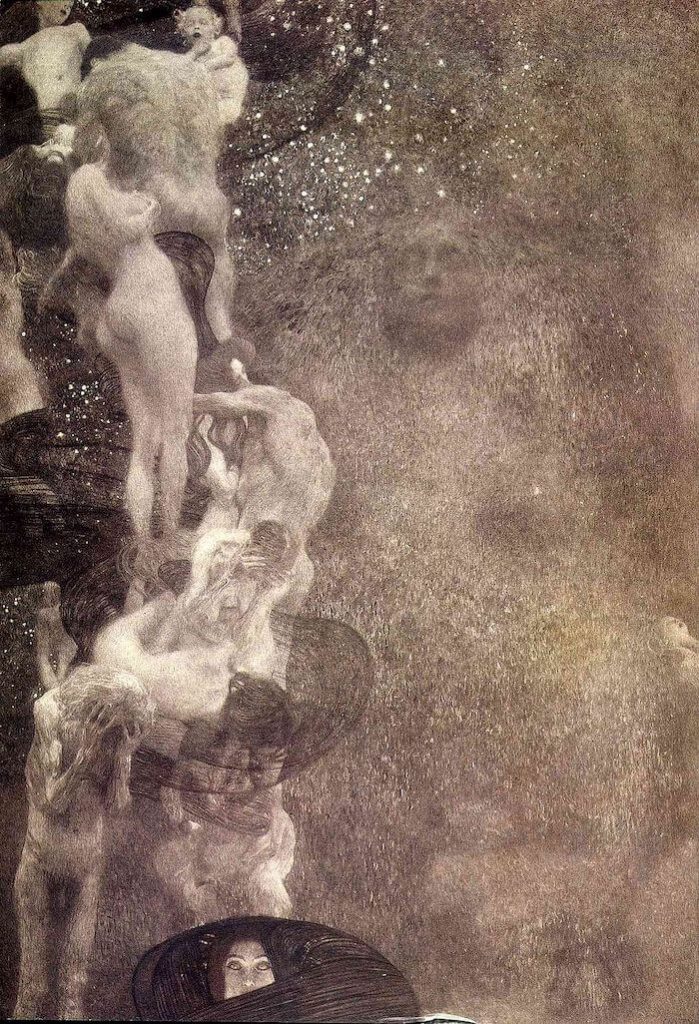
Act 3 – Opera as Total Work of Art
Scene 1 – Piece of work of Many
With all this in mind, nosotros return to the last act: Opera as Gesamtkunstwerk—the total work of art. The whole is e'er greater than the sum of the parts. To achieve this unity, Wagner became his own librettist, merely this is rare. In our ain day, creatives work together to accomplish a single vision. I of the things that makes opera such a compelling medium is, precisely, this interaction between all the arts!
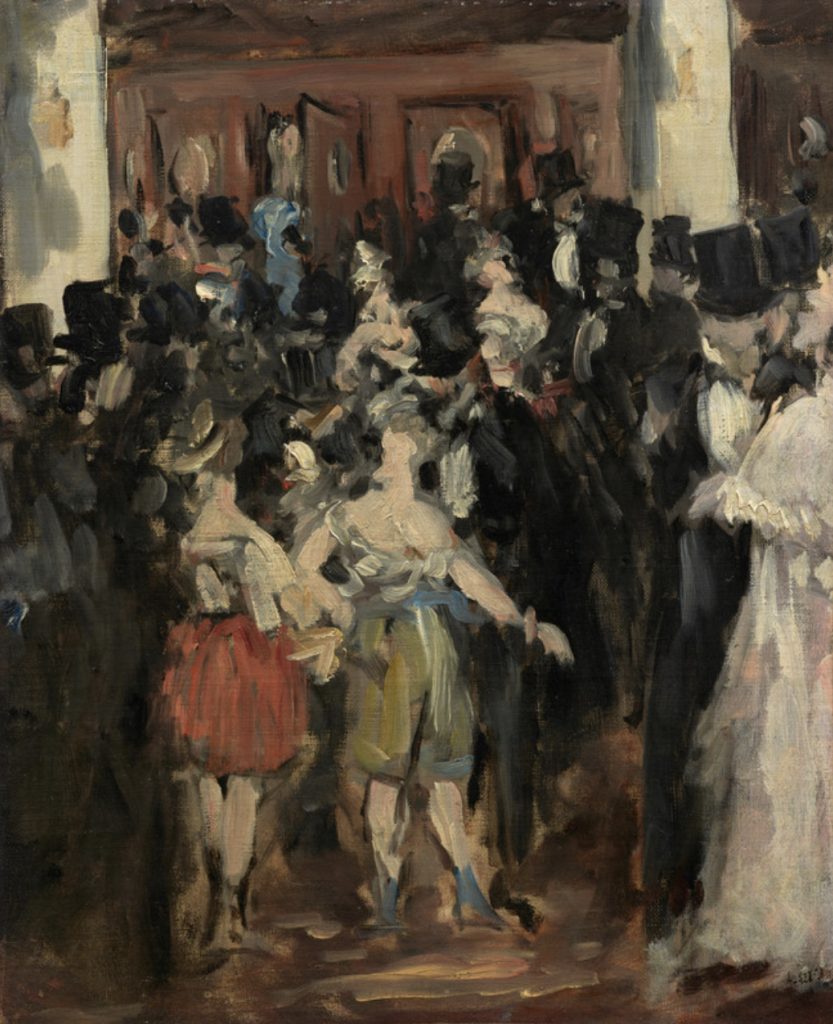
It takes an incredible number of people to put together an opera. First, the head of an opera company selects a producer to guide the overall concept. The producer devises interesting ways of presenting the material, while staying truthful to the original vision of the librettist and composer. He or she also finds the right people to be in charge of scenery, costumes, choreography, and all other aspects of the show.
The phase managing director realizes the creative vision of the performance, while the music director guides the orchestra and all the musical aspects.
Scene 2 – A Masterpiece is Born
When all these aspects work seamlessly, a masterpiece is born. And, in opera, it normally begins with a libretto.
Libretto—the Author
Libretto simply means 'booklet' in Italian, and it is the text that the composer volition set up to music. The libretto provides the literary drama in an opera, musical, cantata, or other extended musical piece of work. Information technology is generally written in verse and, normally, written by a famous poet.
Composers have tended to receive more attention than their literary counterparts. Yet, brilliant librettists deserve credit for giving words to such unforgettable characters equally Carmen, Fígaro, and, in the case of contemporary musicals, Maria von Trapp and Jean Valjean.
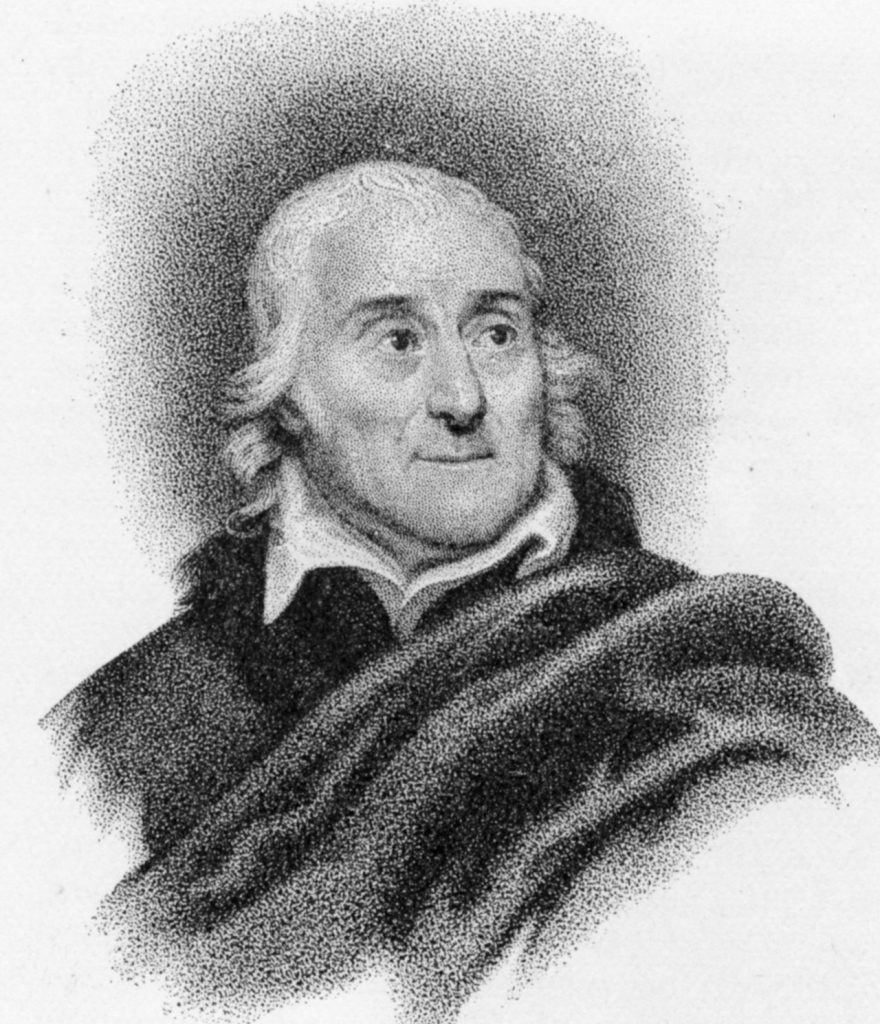
Music—the Composer
Having a good libretto is important to establish all the story elements. In opera though, it is the music that carries the message to the listener's heart. Maybe this is why composers have traditionally received well-nigh of the credit for an opera's success, since brilliant music tin elevate any libretto.
The composer takes the words of the librettist and sets them to music, so that their emotional power can be fully felt. In a way, the composer interprets the text and enhances it for the audience, highlighting and giving character to the words. Cracking composers such as Mozart, Rossini, Puccini, Verdi, and even Wagner himself, accept given audiences a platform to explore the deepest longings of the heart, from the condolement of their theater seats.
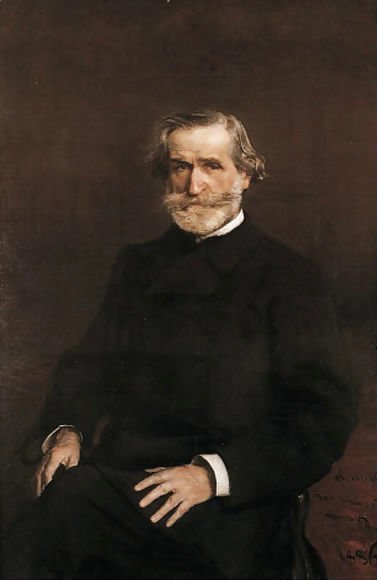
Music—the Orchestra
Musicians have been putting together different combinations of instruments from the beginning. It wasn't until Monteverdi's Orfeo even so, that this assembly of musicians began to look like a modern orchestra. Monteverdi knew exactly what he needed from his instrumental music, and he specified this in his score.
Subsequently, Wagner relied on the orchestra to perform the same functions every bit the chorus did for Greek drama, through the leitmotif. And then, in essence, the orchestra became another character on the phase, highlighting the real motives that the singers were not expressing vocally.
The Festspielhaus in Bayreuth, Wagner'south ain theatre, is the only nifty opera house in the world where the orchestra is completely invisible. With this arrangement, the orchestra can add its own contribution, without distracting from the chief activeness.
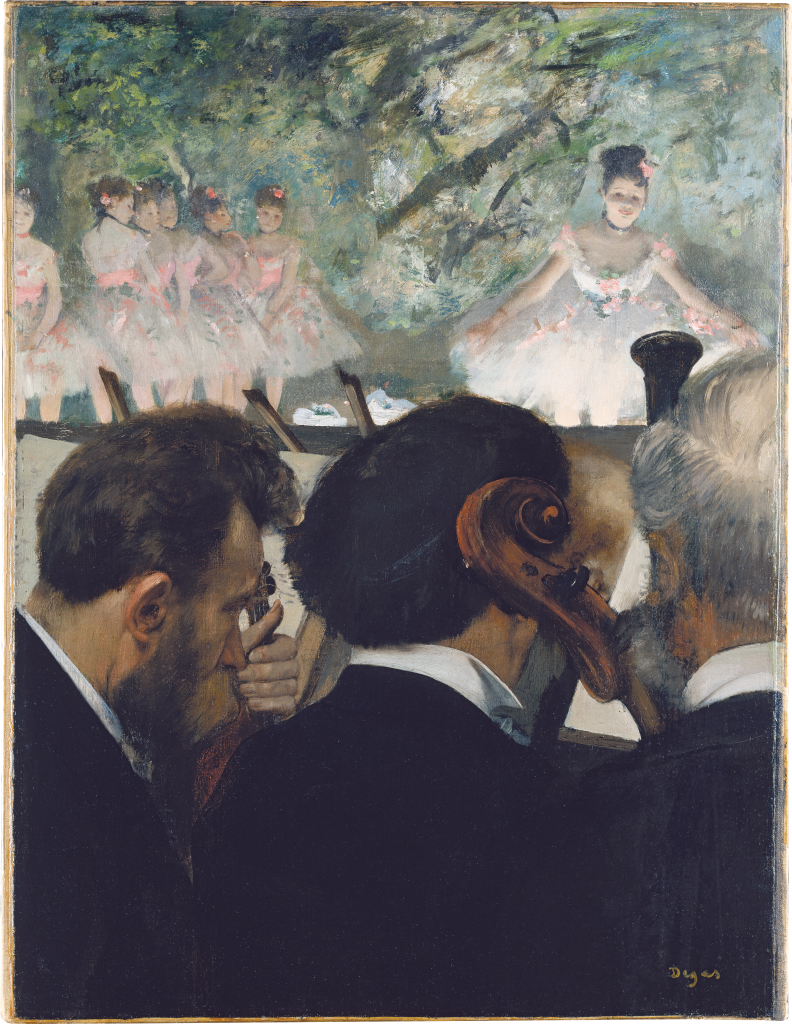
Music—the Singers
When we call up of opera, what generally comes to mind is the stereotype of a lady shattering a glass through her singing, or the big guy with the baritone voice, wearing a horned helmet. The truth is that a singer's natural capabilities decide his or her singing style, every bit well as the roles they will perform all-time.
Singing voices are classified depending on the singer's vocal range and timbre. Range is the span between the highest and lowest note the singer can produce. This depends on the size of their vocal chords, and the speed at which they vibrate. Timbre is that quality that makes a voice singled-out, often characterized in terms of color. The timbre influences a vocalizer's ability to project their vocalisation in a higher place the orchestra, without a microphone.
All of these considerations influence the roles a singer can perform. When a singer is particularly suited to a role, the experience of their performance is memorable and thrilling. Many of the groovy operatic voices we remember today have become famous for distinct performances, every bit in the example of Luciano Pavarotti, best remembered for his singing in bel canto operas.
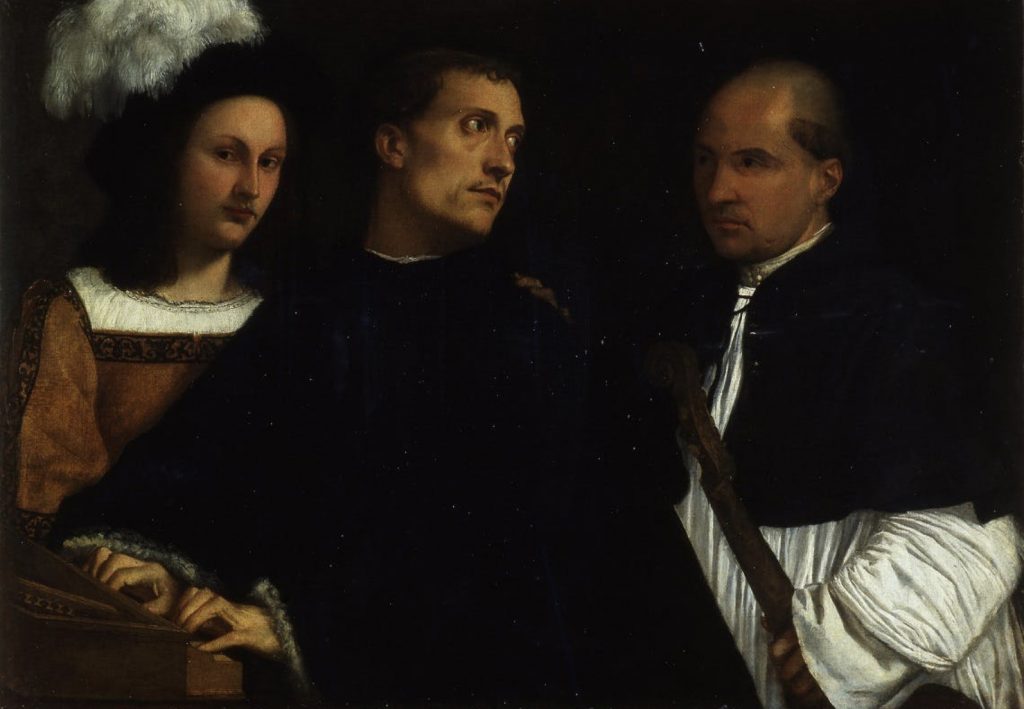
Set Design—the Artists
A singer may sing on an empty stage and still move the hearer. All the same it takes clever, careful planning of the gear up and scenery to truly immerse an audition in the total operatic experience.
Set Pattern involves several moving parts. Set or scenic designers are responsible for creating the layout of a theater set. They design walls, natural scenery, interiors, and all the elements required by the libretto to bring the story to life. A functioning designer may be involved in supervising all the major elements of a product. A diorama artist builds all the models.
Add to them a host of carpenters, painters, builders, artists, electricians, and lighting experts and yous begin to run across the scope of people involved in putting together one single show. Artists similar Picasso, Dalí, Chagall, and fifty-fifty Maurice Sendak, have been drawn to pattern for opera. Through their piece of work, the boundaries between creator and audience mistiness into a communal experience.
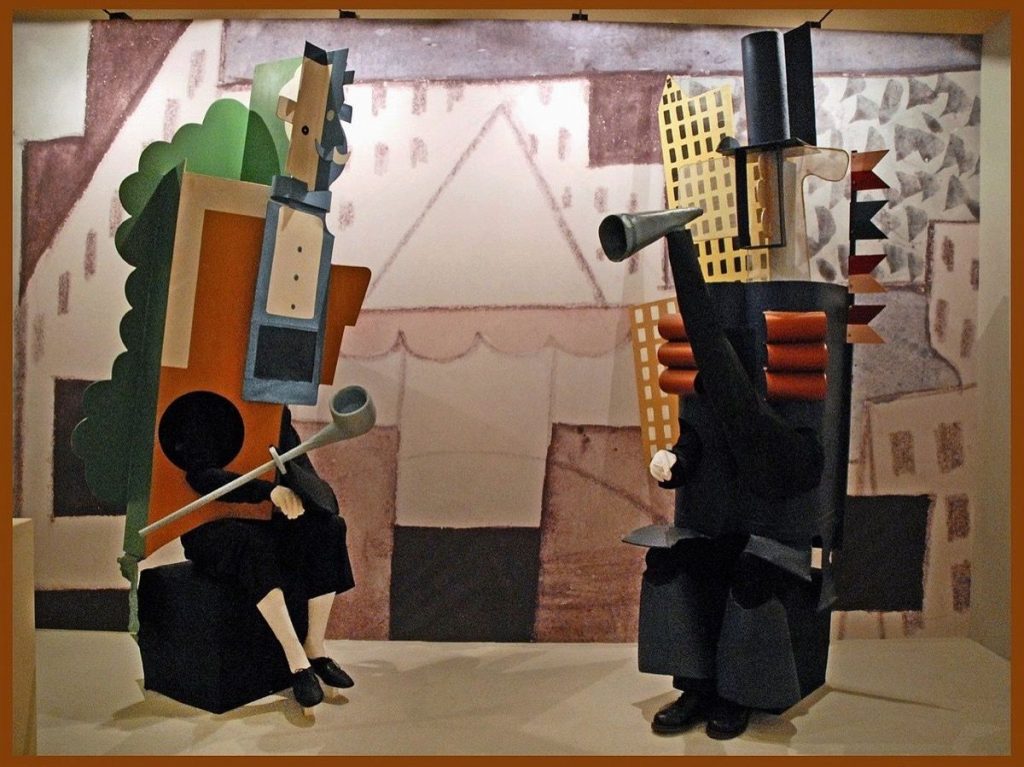
Costume Design—More Artists
Designers are oft responsible for both ready and costume blueprint, allowing the development of a seamless vision for the functioning. Costume design is an fine art in itself. Stage costumes take to read well both from up-shut and from the back of the theater. They as well accept to conform the movements of the performers, while keeping true to the look and feel of the opera.
Costume designers expect to museums, art, and historical sketches for ideas on how to recreate menstruation fashions. The wardrobe needs to be historically accurate, functional, highly-seasoned to the mod audition, and within upkeep.
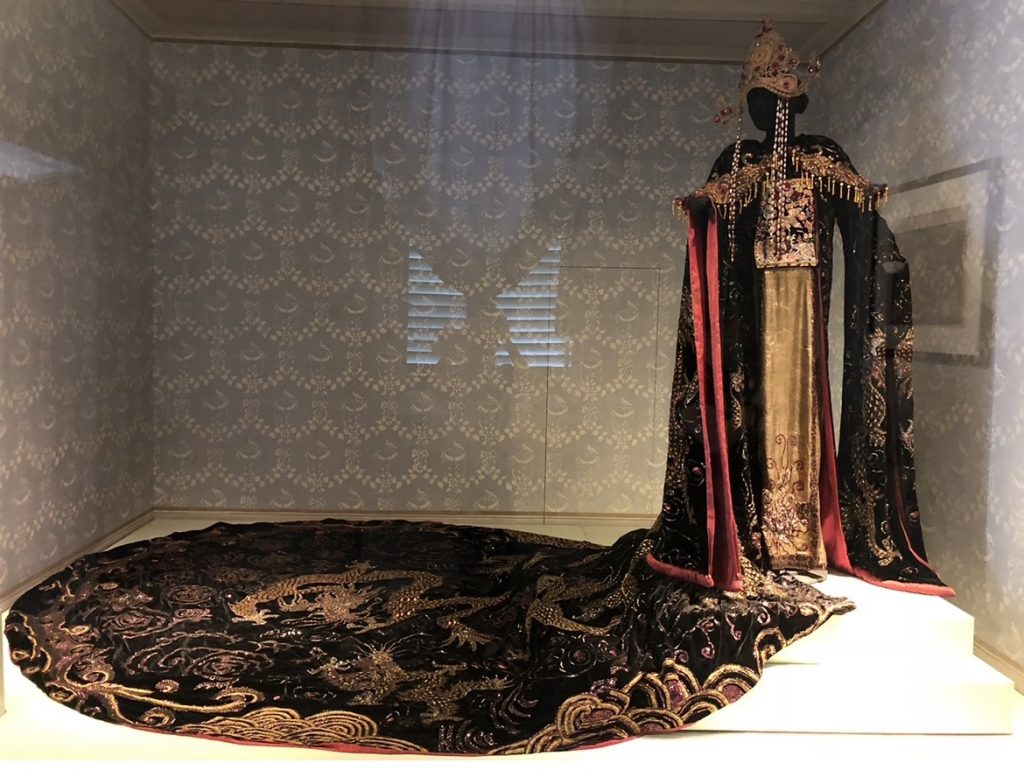
Finale – Adulation!
The final notes drown in the applause and the risk comes to an end. Or, does it? Critics and art amateurs proceed to debate the definition of art, what classifies equally art, and what it has to do with our daily living. Regardless of the many technical definitions, what is art but the deepest expression of our own selves? The artist Joan Miró expressed a similar idea when he said:
"A elementary line painted with the brush tin can lead to freedom and happiness."
Joan Miró
Both Greek drama and opera have attempted to achieve these expressions of pure humanity, in their own way. In the end, opera's true objective has e'er been to make the viewer experience something—and and so do something virtually information technology. Whether or not opera achieved full Gesamtkunstwerk, it has certainly reached audiences across the world and within all external divides, leaving them with something uniquely human, mystical, and unforgettable.
doverphourromposs.blogspot.com
Source: https://www.dailyartmagazine.com/history-opera-total-work-of-art/
0 Response to "The Beginning of Opera as a Major Art Form"
Post a Comment